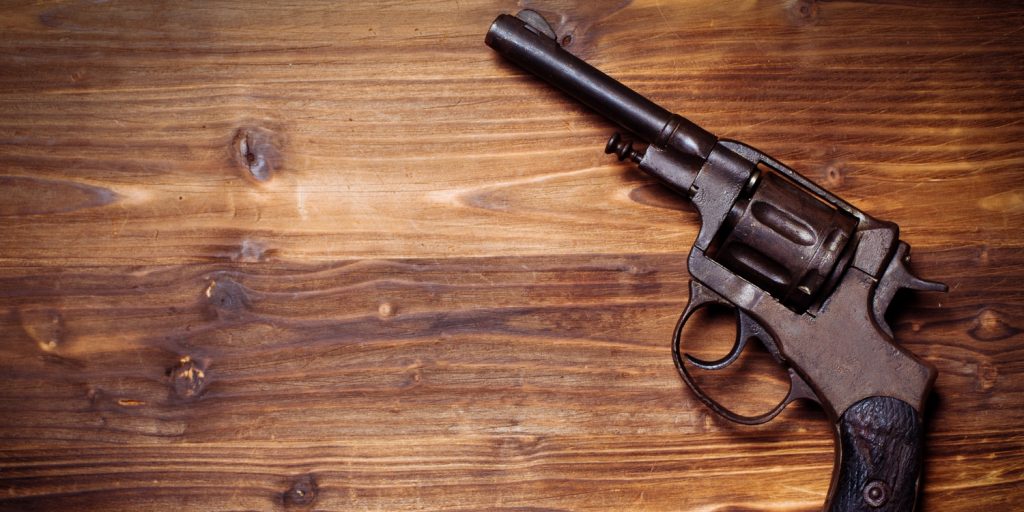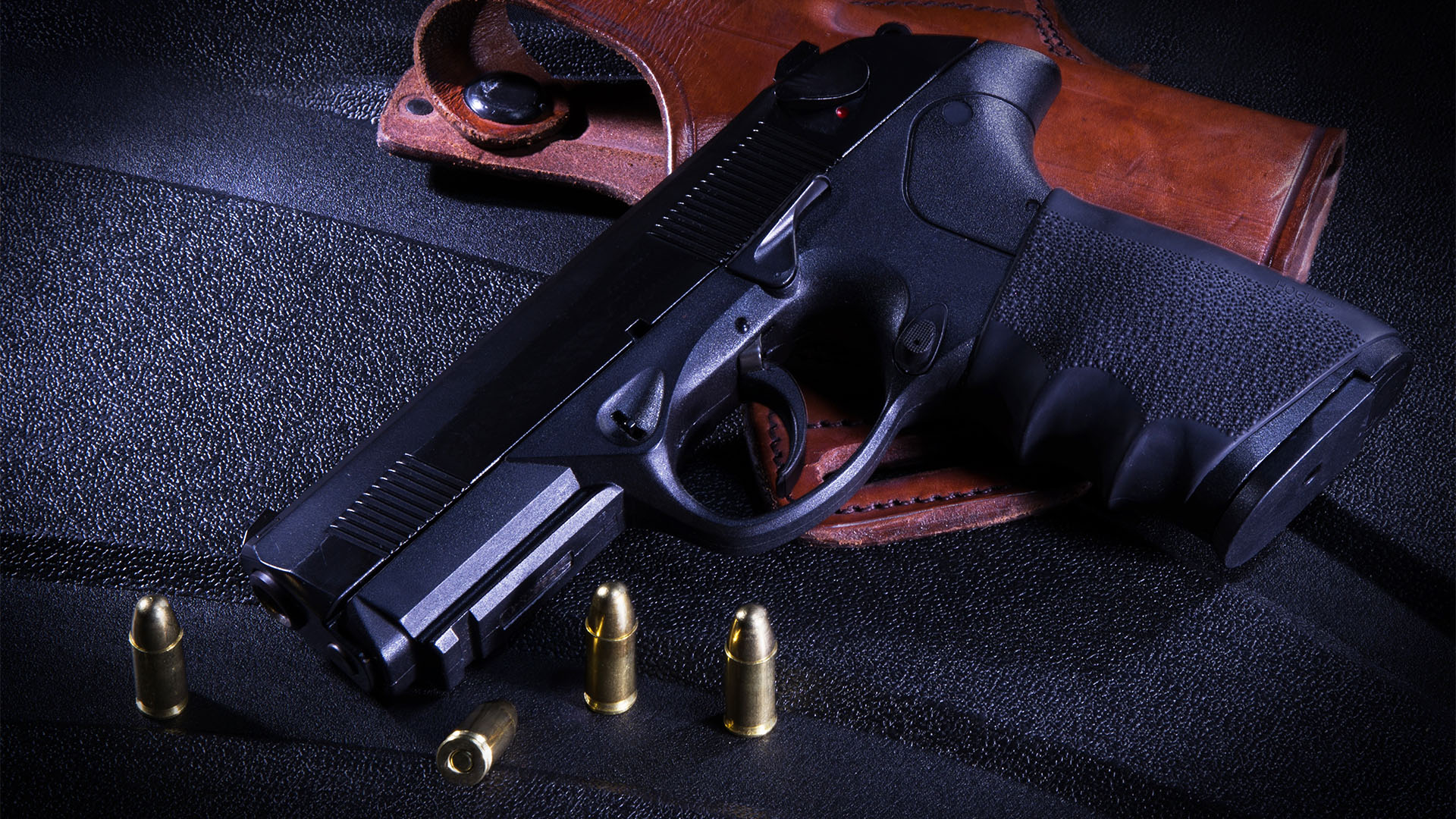The development of gunpowder and firearms played a key role in changing how wars were fought. The history and evolution of the gun is fascinating. Firearms, directly and indirectly, influenced the rise and fall of global empires. Below is a brief history of the progression from primitive to automatic firearms.
Early History
While it is strongly debated, the Chinese are widely believed to have developed the first early gun in the 10th Century. These rudimentary weapons consisted of a metal or bamboo rod to hold the gunpowder. The recorded evidence of these “fire spurting lances” detail their use during the Jin-Song wars within the Song Dynasty era from 960 to 1279. During the same era, the Chinese also used an early form of the cannon, marking the first use of gun powdered-based weapons and artillery.
European Advancement
Europeans started receiving gunpowder along the Silk Road trade route from China during the 13th Century. They first used this in cannons, then developed early types of firearms which use a wick to ignite the powder through a hole in the barrel. This process often took two people to fire the weapon. These firearms were inaccurate, had a very slow load time, and were heavy.
Inventors were constantly refining early guns to solve these problems.
In the 1400s, the first mechanical device for firing a gun was developed, the matchlock. This device holds the powder in a flash pan which is ignited by an s-shaped arm that holds a match. When the trigger is pulled, the match is lowered and ignites the powder that is held inside the gun. This invention allowed for greater accuracy and needed only one person to fire the weapon.
In the late 1400s to the early 1500s, firearms advanced again with the development of the wheel or rose lock. This replaced the wick on the gun and instead produced the spark mechanically. These guns were expensive to produce and therefore never gained in popularity over the cheaper matchlock.
Early in the 16th Century, German gunsmiths in Augsburg began cutting spiral grooves inside the barrels of the guns. Similar to fletching feathers for an arrow, it allowed for the bullet to obtain a spin and maintain its directional course improving its accuracy
During the late 1500s, a lid was added to the flash pan design to keep the powder from being exposed to the elements. This lid must be moved manually when firing which made the gun slow to shoot.
To solve this problem, the flintlock was invented. The flintlock was designed to push the lid and ignite the flint at the same time. This invention became popular for over two centuries and led to the invention of muskets and other long guns with this design.
American Ingenuity
The flintlock design remained popular through the American Revolution. It wasn’t until the Industrial Age that machining tools were used by Samuel Colt to mass-produce multi-shot, revolving firearms.
In 1836, Colt invented a gun that could fire multiple bullets without needing a reload. This revolver had machined, interchangeable parts which were much less costly to repair or replace.
During the same time, American gunmakers were rapidly developing firearms for the Civil War and for use by the military and lawmen such as the Texas Rangers. Iconic firearms makers Samuel Colt, Samuel Wesson, Horace Smith, and Oliver Winchester all began work on their own styles of revolvers, cylinder rifles, and metallic rimfire cartridges.
The Model 1866 lever-action repeating Winchester rifle was used in the American West and its popularity continued with the Model 1873. In 1903, Winchester introduced the first automatic rifle that became widely used.
Guns from this era continue to influence firearms designs to this day and the 1800s saw the development of iconic firearms like the repeating rifle, six-shooters, shotguns, machine guns, and automatic pistols.
In 1892 automatic firearms were developed by Joseph Laumann, however, the Borchardt pistol of 1893 was the first one that had a removable magazine in the grip. This design became standard and was rapidly used by Browning, Luger, Mauser, and Colt models.
Firearms at The Hub
If you are interested in learning more about firearms, our professionals are here to help. We have everything you need before and after you buy a gun and we have a large selection of firearms to choose from.












